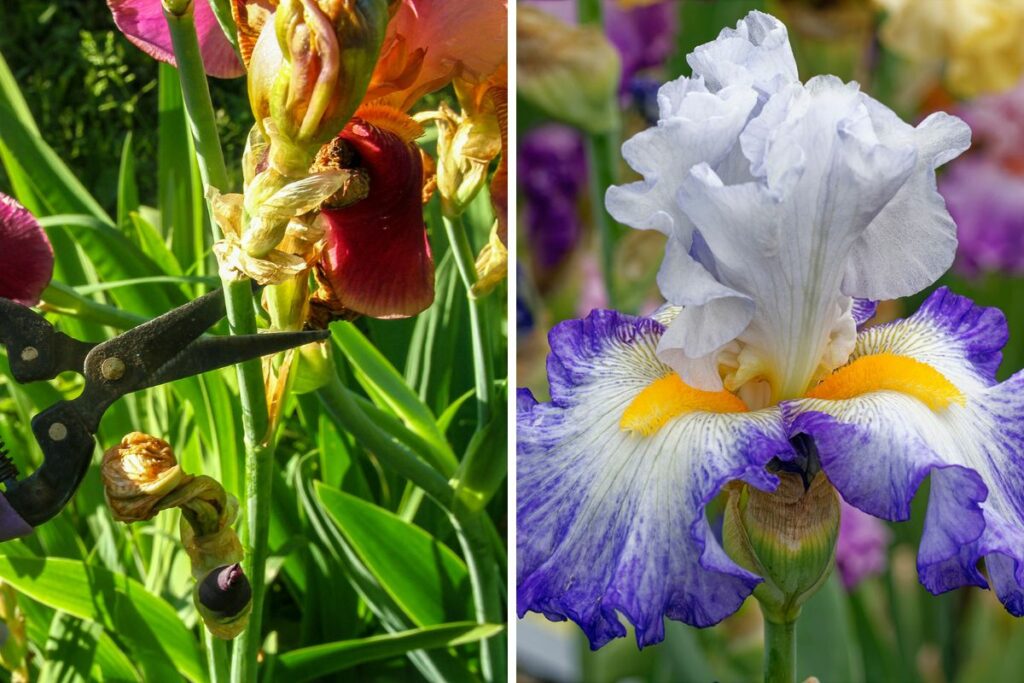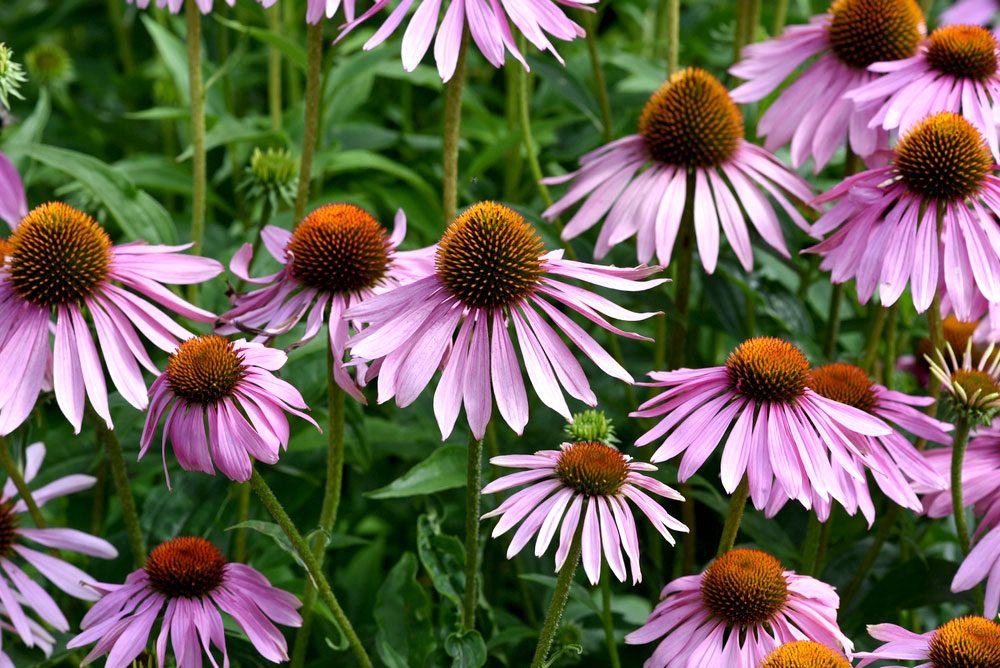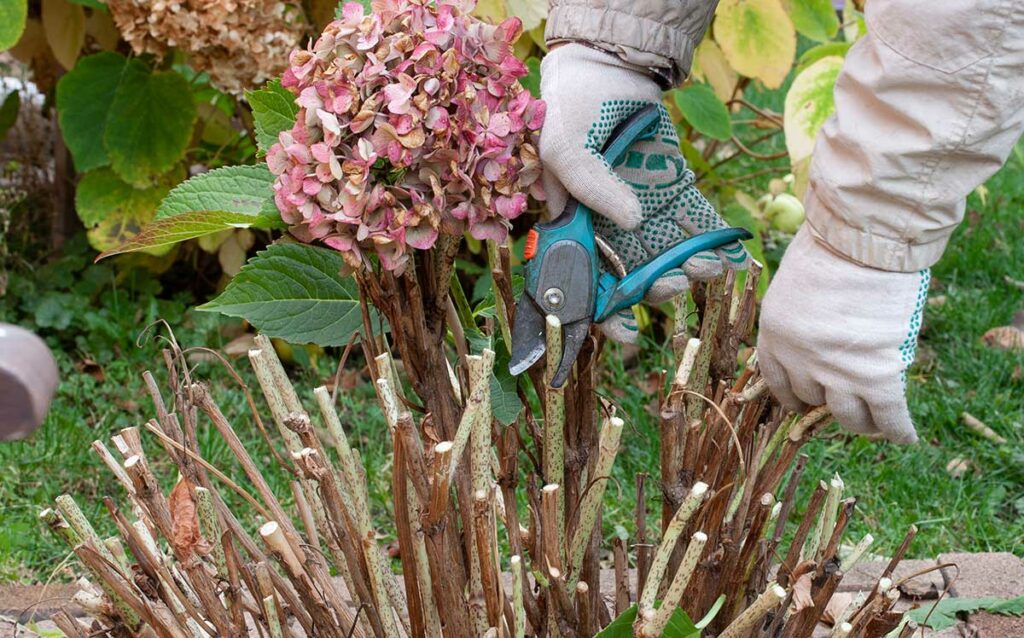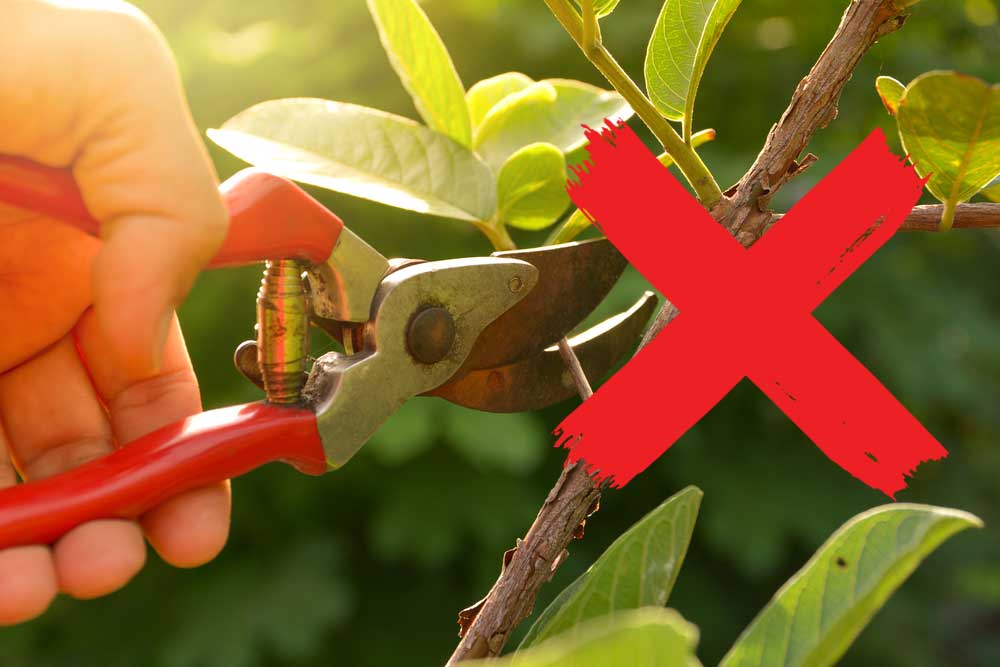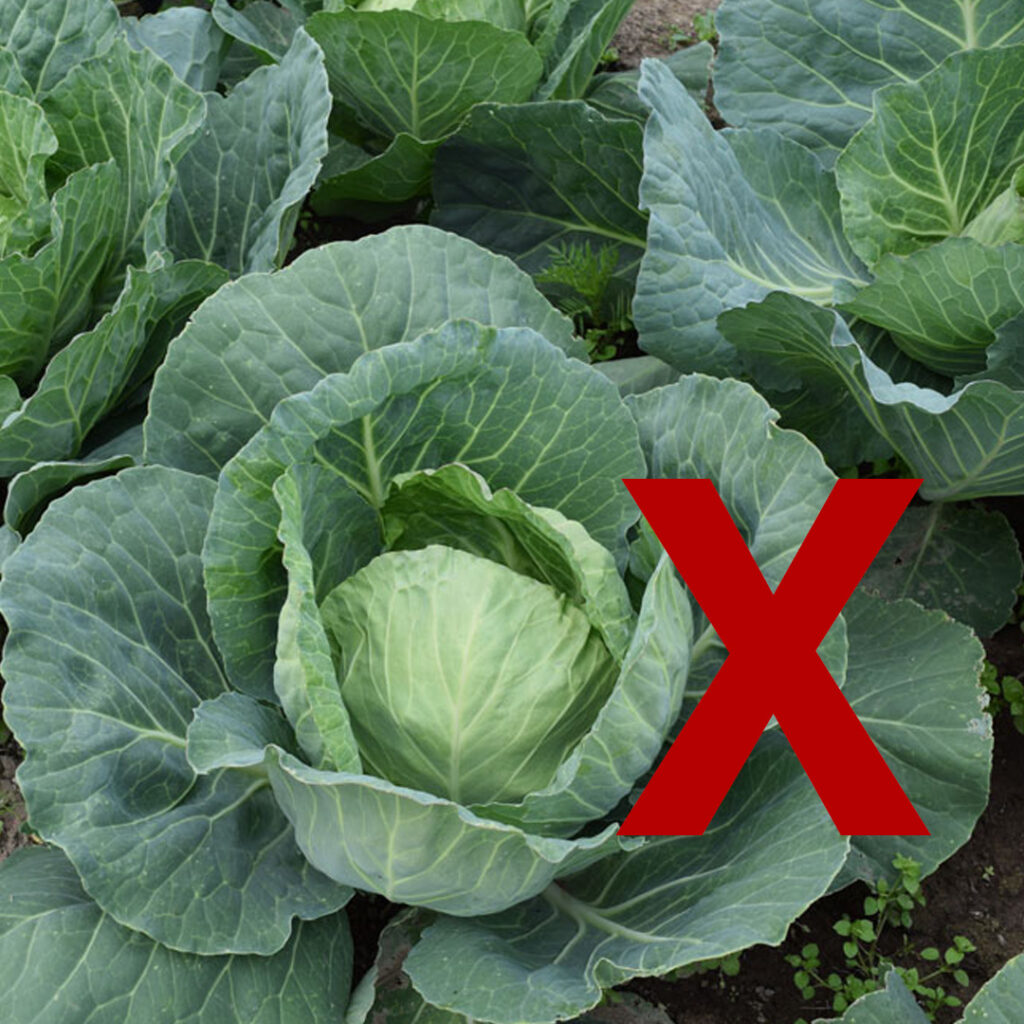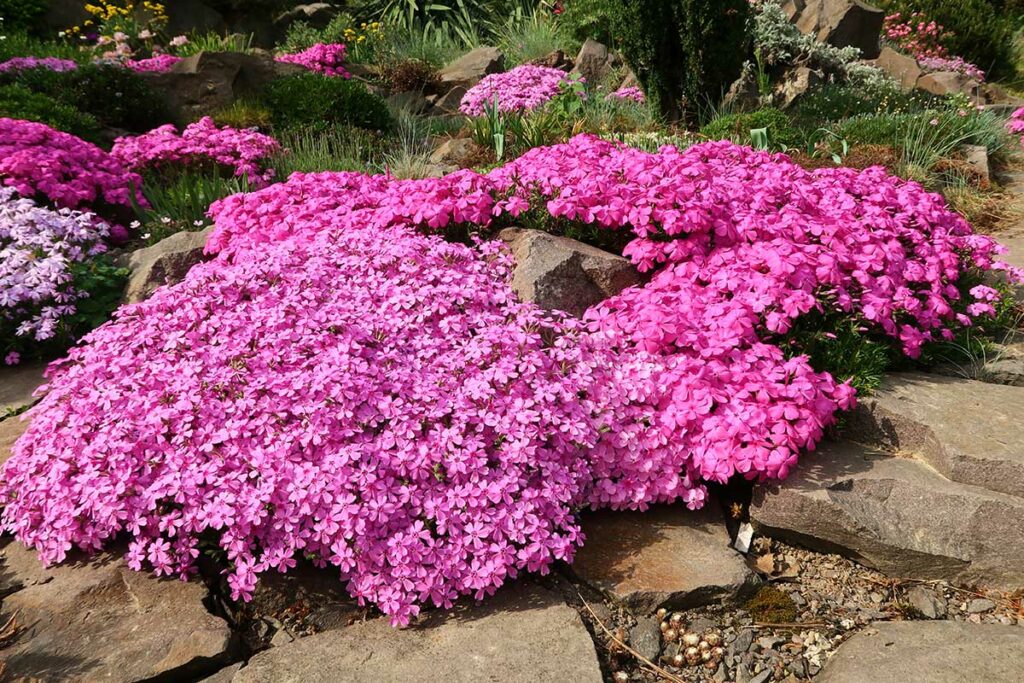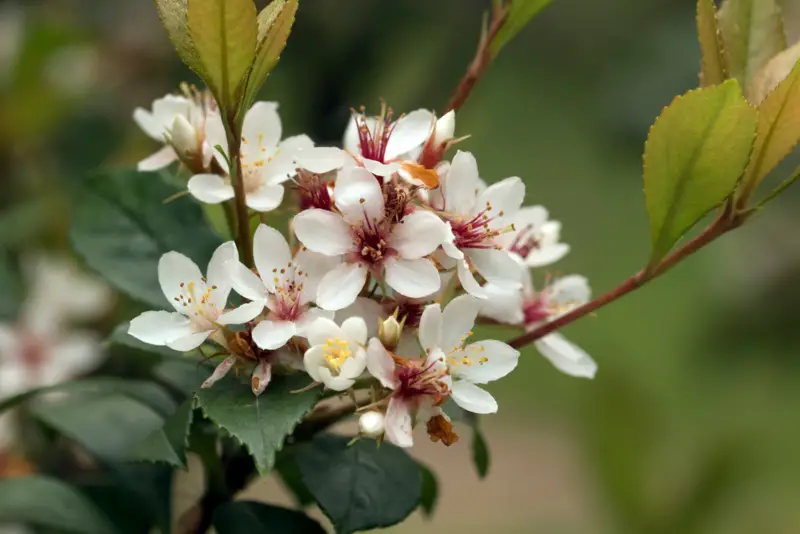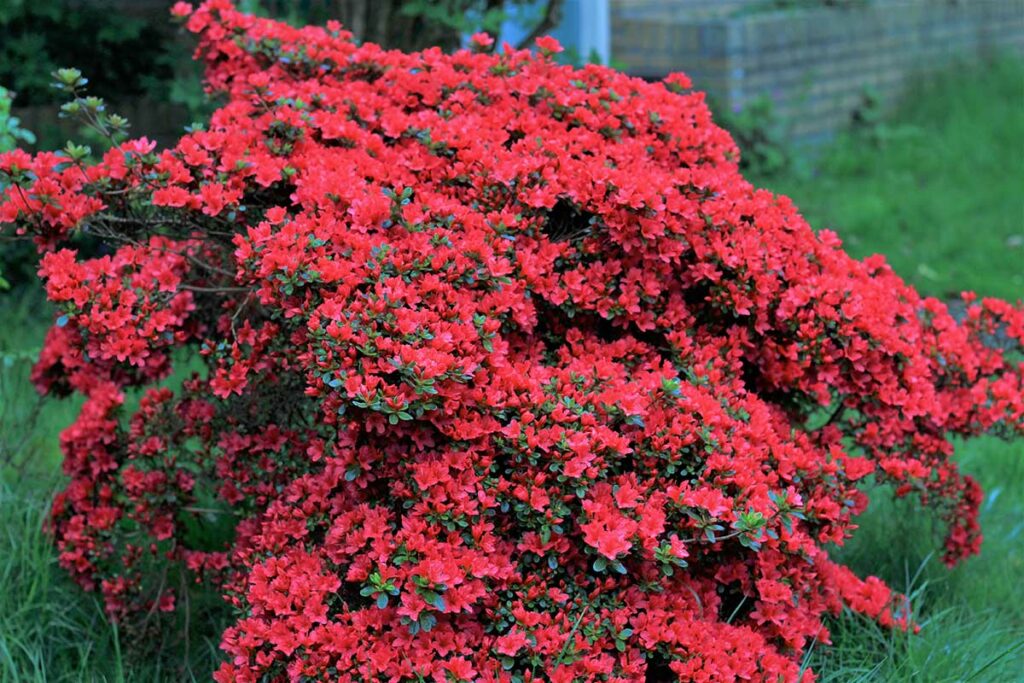
Azaleas are renowned for their vibrant, eye-catching blooms that add a touch of elegance to any garden. These popular flowering shrubs require proper care and attention, particularly when it comes to fertilizing, in order to maintain lush growth and continual blossoming throughout the season. By understanding the specific needs of azaleas and implementing the right fertilization techniques, you can enjoy their stunning display of colors all season long.
One crucial aspect of azalea care is knowing when and how to fertilize. Using the appropriate fertilizer and application methods can significantly impact the plant’s overall health and blooming potential.
Additionally, managing soil pH and nutrient levels play a vital role in promoting strong growth and ensuring the azaleas have everything they need to produce brilliant blooms.
Key Takeaways
- Proper fertilization is crucial for azalea health and abundant blooming.
- Choosing the right fertilizer and application methods can enhance plant growth.
- Monitor and maintain soil pH and nutrient levels to support vibrant azalea blooms.
Understanding Azalea Fertilization Requirements
To achieve vibrant blooms all season long, it’s essential to understand your azalea’s fertilization requirements. Azaleas are acid-loving plants that prefer well-draining, slightly acidic soil with a pH of 4.5 to 6.0. To optimize your plant’s growth, choose a fertilizer specially formulated for acid-loving plants, typically containing a higher ratio of nitrogen, phosphorus, and potassium.
Fertilizing your azaleas should begin in early spring, before the blooming season. Use a slow-release granular fertilizer or water-soluble fertilizer, depending on your preference. To avoid burning the plant’s delicate roots, apply fertilizer at least 6 inches away from the base of the shrub, gradually working it into the soil.
When determining the proper amount of fertilizer to use, keep in mind that over-fertilizing can be just as harmful as under-fertilizing. A general guideline is to apply 1 pound of fertilizer per 1,000 square feet of planting area. However, be sure to follow the recommended application rates on the fertilizer label, as specific products may vary.
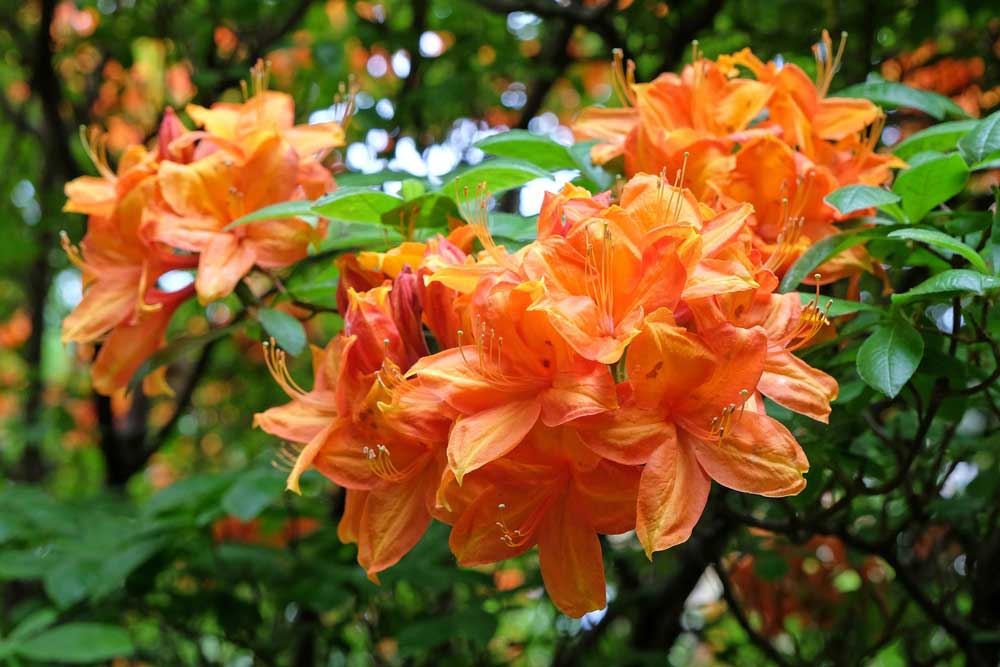
When to fertilize will depend on the growth habit of your azalea. For evergreen azaleas that bloom in spring, fertilize after the flowers have faded. For deciduous varieties that bloom in summer or fall, fertilize in early spring. During the growing season, monitor your plant’s foliage color to determine if additional fertilizing is needed. If the leaves appear pale green or yellow, it may be a sign of nutrient deficiency, and extra fertilization may be required.
In addition to providing the proper nutrients, maintain a consistent watering schedule and a layer of organic mulch around your azaleas. This will help regulate soil temperature, retain moisture, and reduce weeds, creating a more favorable environment for optimal growth and blooming. Remember, healthy azaleas require a combination of proper nutrients, watering, and care to truly flourish and produce spectacular blooms all season long.
Choosing the Right Fertilizer
When fertilizing your azaleas, it’s essential to choose the right fertilizer to ensure they bloom all season. There are two main types of fertilizers: organic and synthetic options. We will explore both options to help you make the most suitable selection for your garden.
Organic Options
Organic fertilizers are derived from naturally occurring materials, making them a more environmentally friendly option. They release nutrients slowly, providing long-lasting nourishment to your azaleas and promoting overall plant health. Some popular organic fertilizers for azaleas include:
- Cottonseed meal: With a typical N-P-K ratio of 6-2-1, cottonseed meal provides a good balance of nutrients for azaleas and is gentle on their roots.
- Fish emulsion: Rich in nitrogen, fish emulsion supplies the nutrients azaleas need to produce lush foliage and vibrant blooms. Dilute it with water before applying to prevent root burn.
- Compost: A well-aged compost contains various nutrients and enriches the soil, which encourages healthy root development. Apply a layer of compost around your azalea plants for a slow release of nutrients.
Synthetic Options
Synthetic fertilizers, also known as inorganic fertilizers, are made from chemical compounds. They provide nutrients in a concentrated form and offer faster results than organic options. When selecting synthetic fertilizers for your azaleas, consider the following tips:
- Choose a balanced fertilizer: Look for fertilizers with N-P-K ratios of 10-10-10 or 14-14-14, as they provide a good balance of nutrients for azaleas.
- Avoid high-nitrogen fertilizers: Azaleas are sensitive to excessive nitrogen, which can cause an imbalance in nutrients. Lower nitrogen levels prevent leafy growth at the expense of blooms.
- Opt for slow-release formulas: To supply nutrients gradually and reduce the risk of root burn, select slow-release synthetic fertilizers specifically designed for acid-loving plants like azaleas.
Ultimately, the choice between organic and synthetic fertilizers will depend on your gardening preferences and goals. Both options can provide the necessary nutrients for your azaleas to flourish and bloom throughout the season. Regularly assess your azaleas and adjust your fertilization practices accordingly to maintain their health and beauty.
Proper Fertilizing Techniques
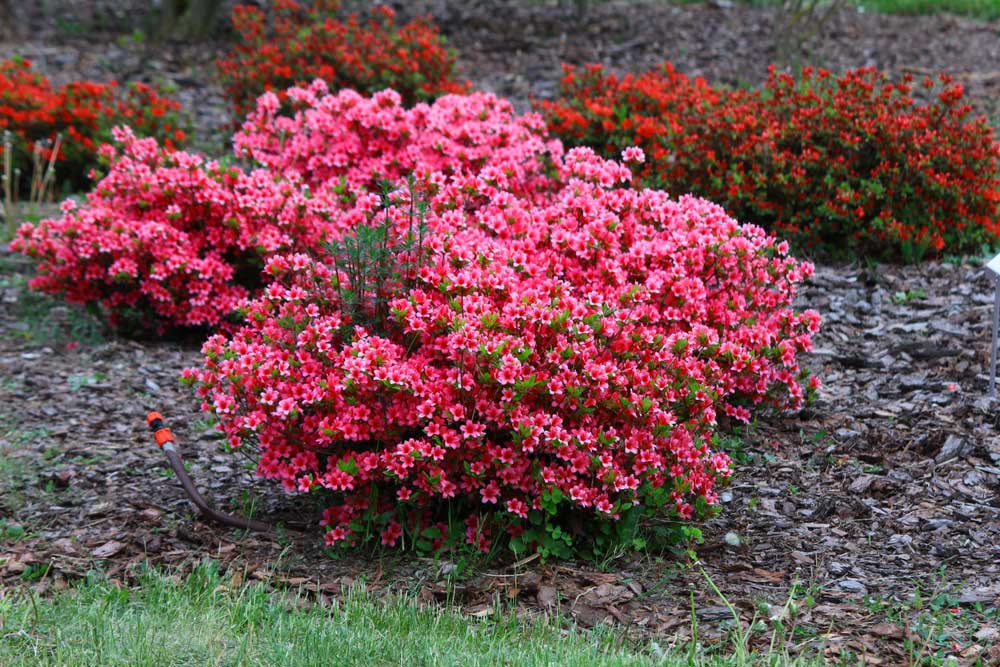
Frequency and Timing
Your azaleas will benefit most from fertilizing done at the right frequency and timing. Generally, it’s best to fertilize azaleas in early spring, as new growth begins, and then again in mid-summer. Avoid fertilizing late in the season, as this may encourage new growth that can be damaged by frost. The optimal fertilization schedule for your azaleas will depend on factors like their age and location, but a good rule of thumb is to fertilize at least two times a year.
Application Methods
There are multiple methods to properly apply fertilizer to your azaleas, and each has its own benefits. The most common methods include:
- Broadcast method: Spread the granular fertilizer evenly across the soil surface around the drip line of the azalea. This is a simple and fast method but requires careful measuring to avoid over-fertilizing the plant.
- Hole method: Dig small holes, about 2-3 inches deep, around the drip line of the azalea and fill them with the recommended amount of fertilizer. This method ensures that the fertilizer reaches the root zone of the plant and minimizes runoff.
- Liquid fertilizer: Mix a water-soluble fertilizer according to the package instructions and apply it to the plant’s root zone using a watering can or sprayer. Ensure the soil is evenly moist after application. This method provides nutrients quickly and can be used in combination with other methods.
To maximize the effectiveness of the fertilizer, make sure you choose one specifically formulated for acid-loving plants like azaleas. Apply the fertilizer evenly and avoid getting it on the foliage or flowers to prevent damage.
By following these proper fertilizing techniques, including correct frequency and timing, as well as the right application methods, your azaleas will be more likely to produce beautiful blooms throughout the season.
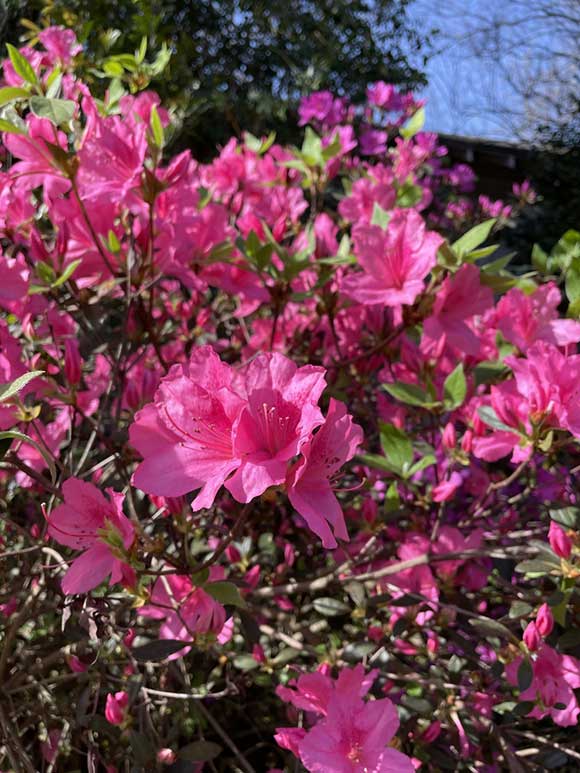
Managing Soil pH and Nutrient Levels
Soil Testing
To ensure optimal growth and vibrant blooms, test your soil’s pH and nutrient levels. You can purchase a soil testing kit from a nearby gardening center or send a sample to a soil testing laboratory for accurate results. Aim for a pH level between 4.5 and 6.0 for azaleas, as they thrive in slightly acidic soil.
Amendments and Additives
Organic matter: If the soil pH is unsuitable, amend it accordingly. Mix organic matter like compost, peat moss, or leaf mold into the soil to lower the pH and create an acidic environment for your azaleas.
Nutrients: Azaleas require a balanced diet of nutrients. Monitor your soil tests for signs of deficiency in nitrogen, phosphorus, and potassium. If necessary, incorporate a slow-release, balanced fertilizer designed for acid-loving plants.
Iron chelate: Provide your azaleas with an additional iron source when they show signs of iron chlorosis (yellowing leaves, with green veins). A quick-fix solution is to apply iron chelate, which corrects the problem quickly, even if just for a short period of time.
Elemental sulfur: To lower the pH further, use elemental sulfur for a long-lasting effect. Add it to the soil and water thoroughly for better results. Consider retesting the soil after a few weeks to ensure the pH has reached the desired level.
Remember to follow the recommendations provided with your soil test and adjust amendments as needed. Proper soil management will encourage healthy azalea plants that bloom all season long.
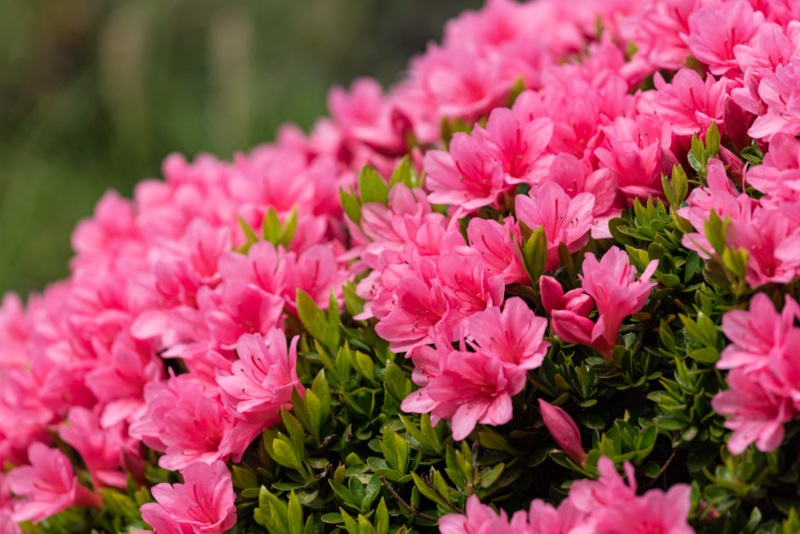
Addressing Common Issues with Azalea Blooms
Bud Drop
Experiencing bud drop in your azaleas can be frustrating. The most common causes for this are underwatering and temperature fluctuations.
To prevent bud drop, ensure that your azaleas have consistent moisture throughout the growing season. Water them deeply at least once a week, especially during dry spells.
Mulching can assist in maintaining soil moisture.
Furthermore, provide protection from temperature extremes by choosing a sheltered spot and avoiding exposure to direct afternoon sunlight.
Poor Flowering
If your azaleas aren’t flowering to their full potential, there could be several issues at play, including inadequate sunlight, poor soil fertility, or incorrect pruning.
Sunlight: Azaleas generally need partial shade to thrive; however, some sunlight is essential for flowering. Ensure your azaleas receive 4 to 6 hours of indirect sunlight daily for optimal blooms.
Soil fertility: Nutrient deficiencies can lead to poor flowering. Regularly fertilize your azaleas with a slow-release, balanced fertilizer specifically formulated for acid-loving plants. Proper fertilization will promote healthy growth and abundant flowering.
Pruning: Pruning at the wrong time can remove the flower buds and reduce blooms. Prune your azaleas soon after they finish blooming to avoid accidentally cutting off the next season’s buds.





